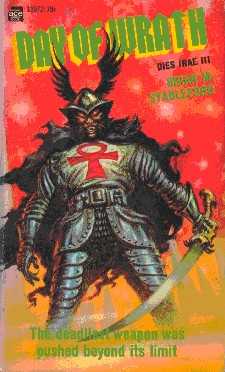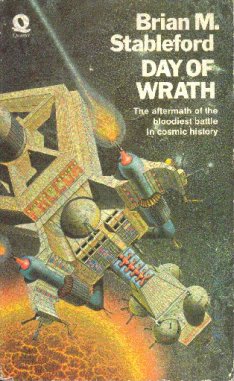| Home |
| Novels |
| Collections |
| Translations |
| Non-Fiction |
| Short Stories |
| Anthologies |

Heljanita had used what he considered to be the deadliest weapon-a ten thousand year distortion of time. His purpose: to obliterate a world he'd hated.
But his new world was a powder-keg. For two of his victims, stranded in time, were determined to fight back.
Time, as before, was manipulated, twisted, bent and perverted ... up to a point.
Cover art by Kelly Freas
Published by Ace in December 1971.
Dedicated to Christine

'So I found a man who was nobody; a man nobody wanted to know, and who wanted to know nobody. I turned a pathetic nonentity into a deadly weapon... You were the Beast War, Lord Chaos.'
Faced with this truth about himself, Mark Chaos had to rnake a decision. He held the balance between Heljanita and Darkscar, between chaos and absolute order. And Mark Chaos had to choose, while the whole Universe - past, present, future - tottered towards disaster ...
Cover illustration by Patrick Woodroffe
Published by Quartet in May 1974.
ISBN: 0-704-31135-6

